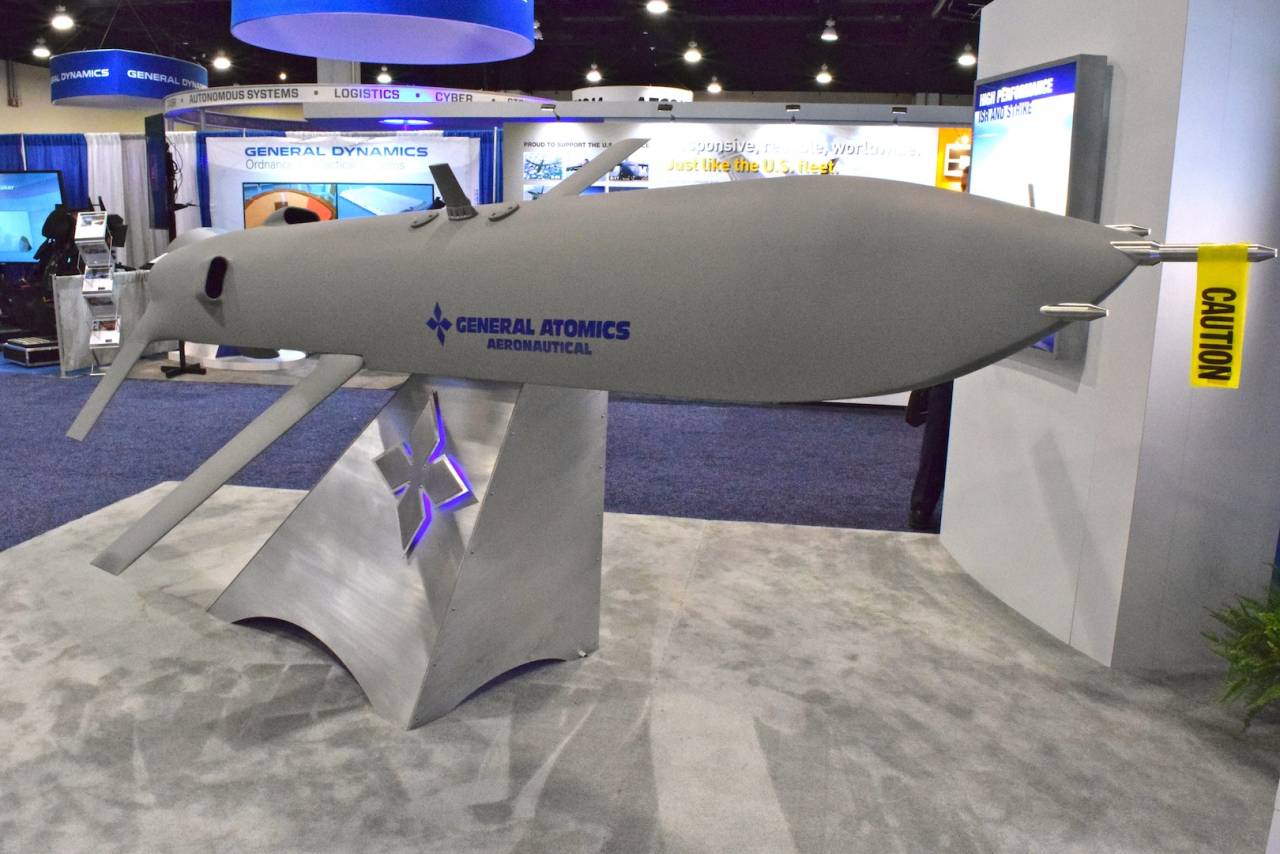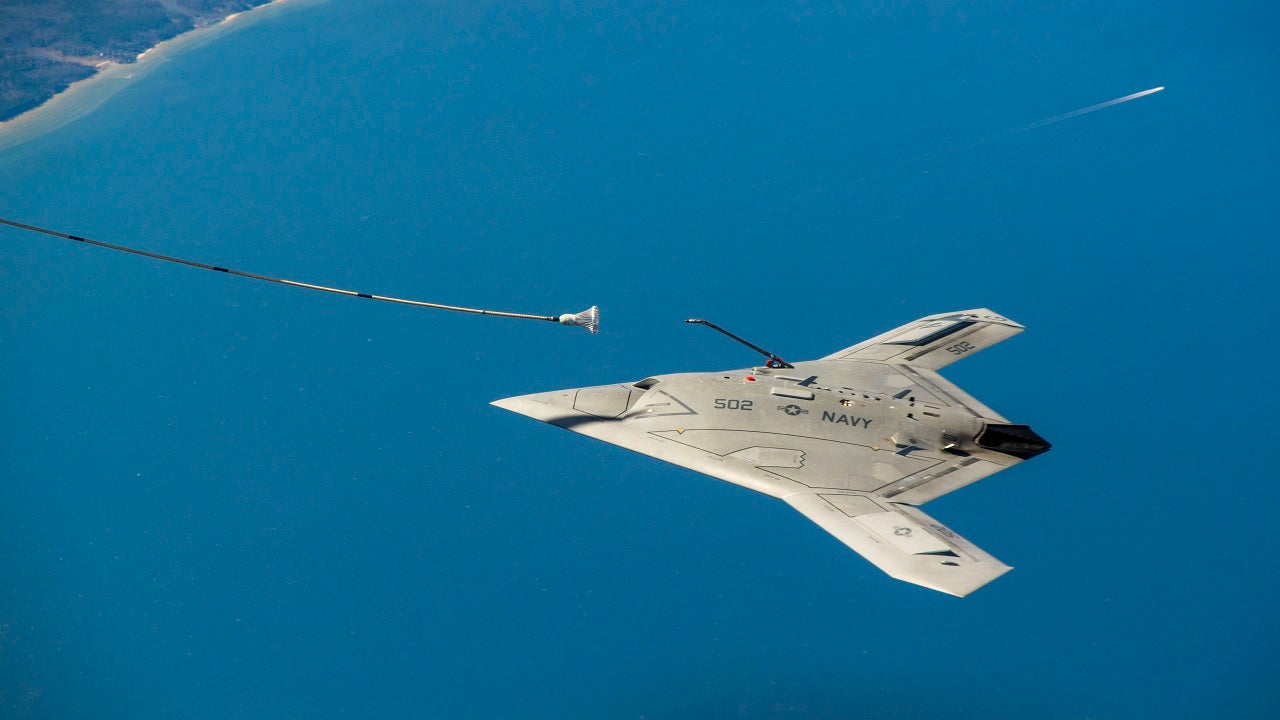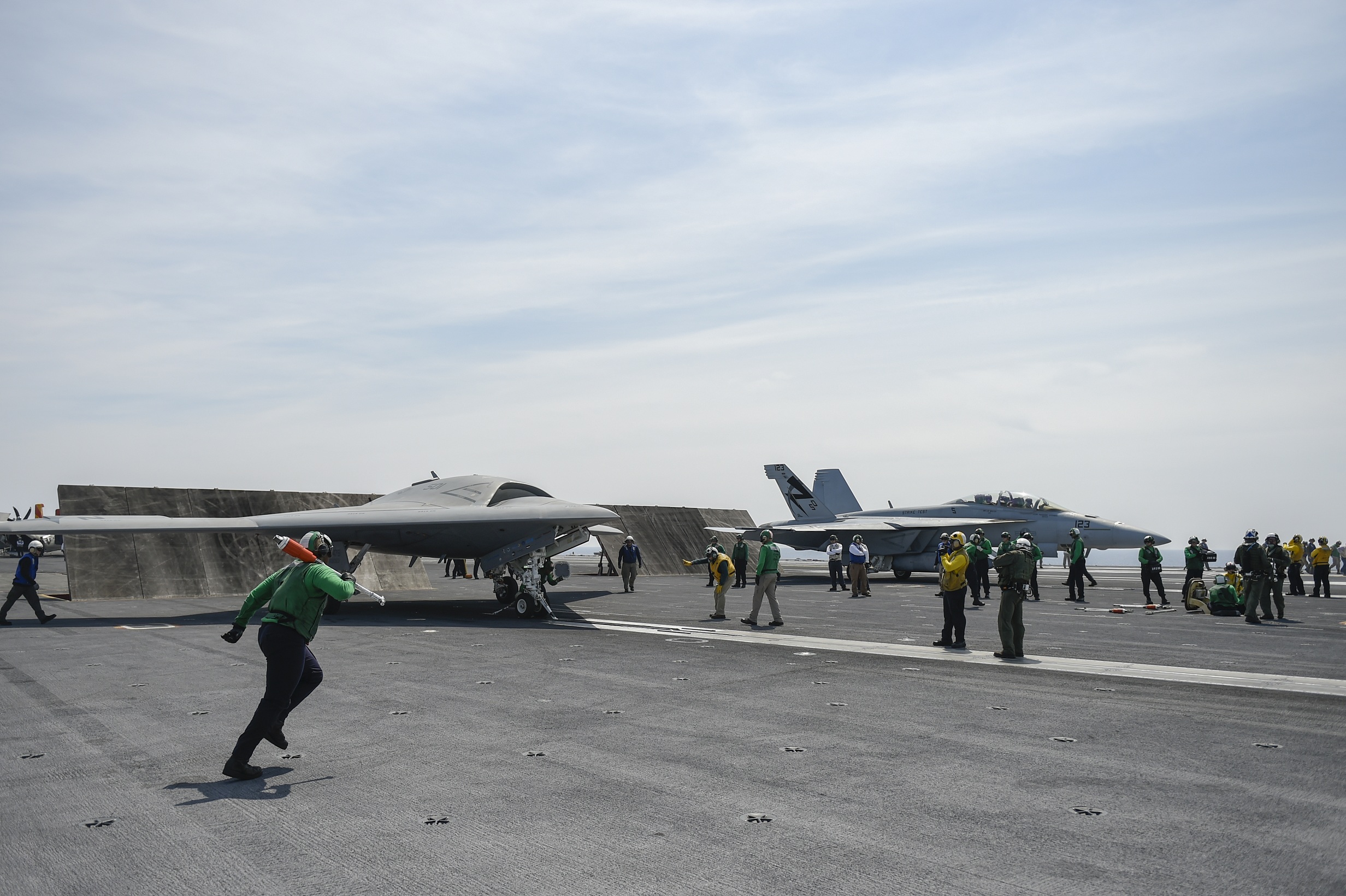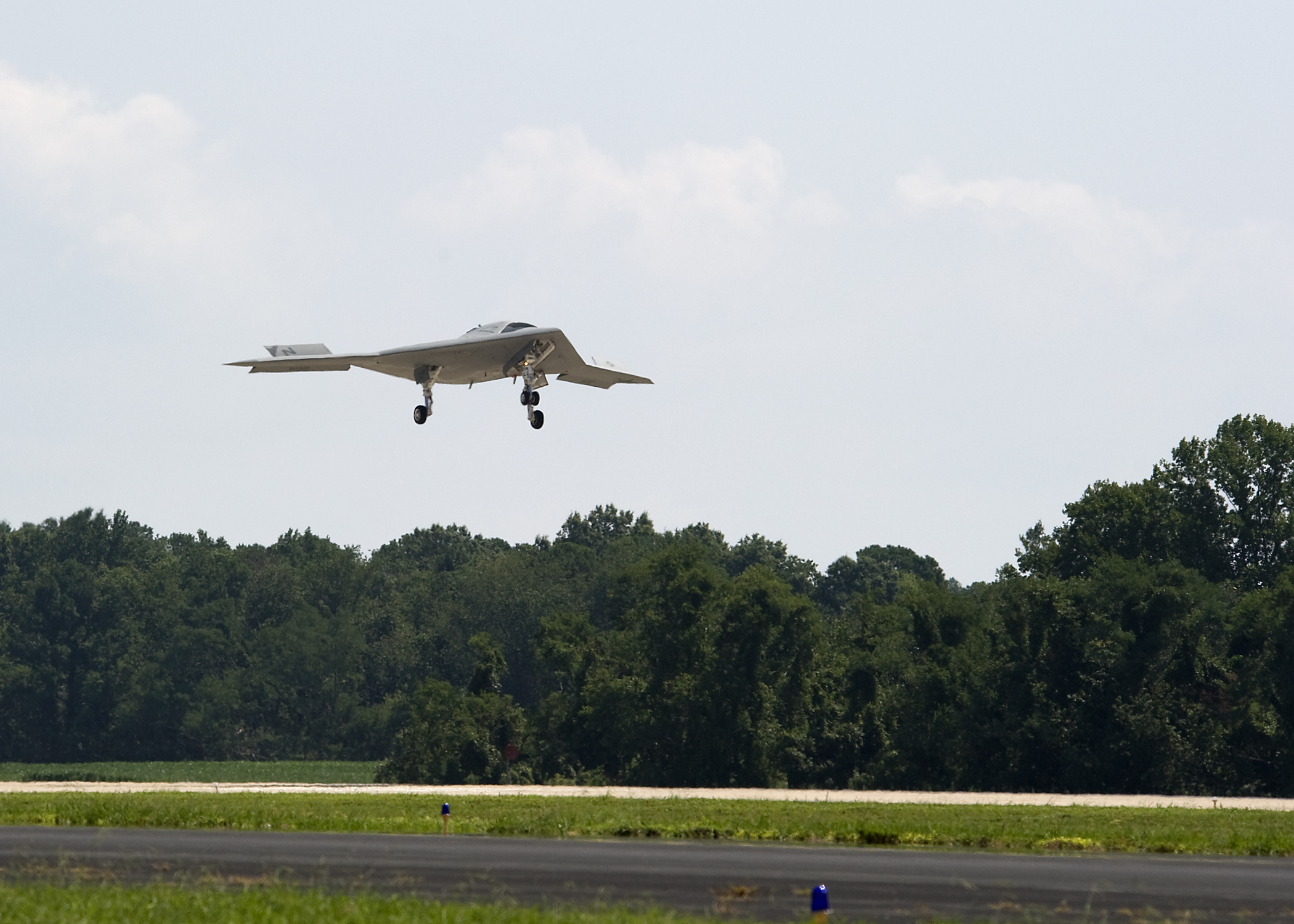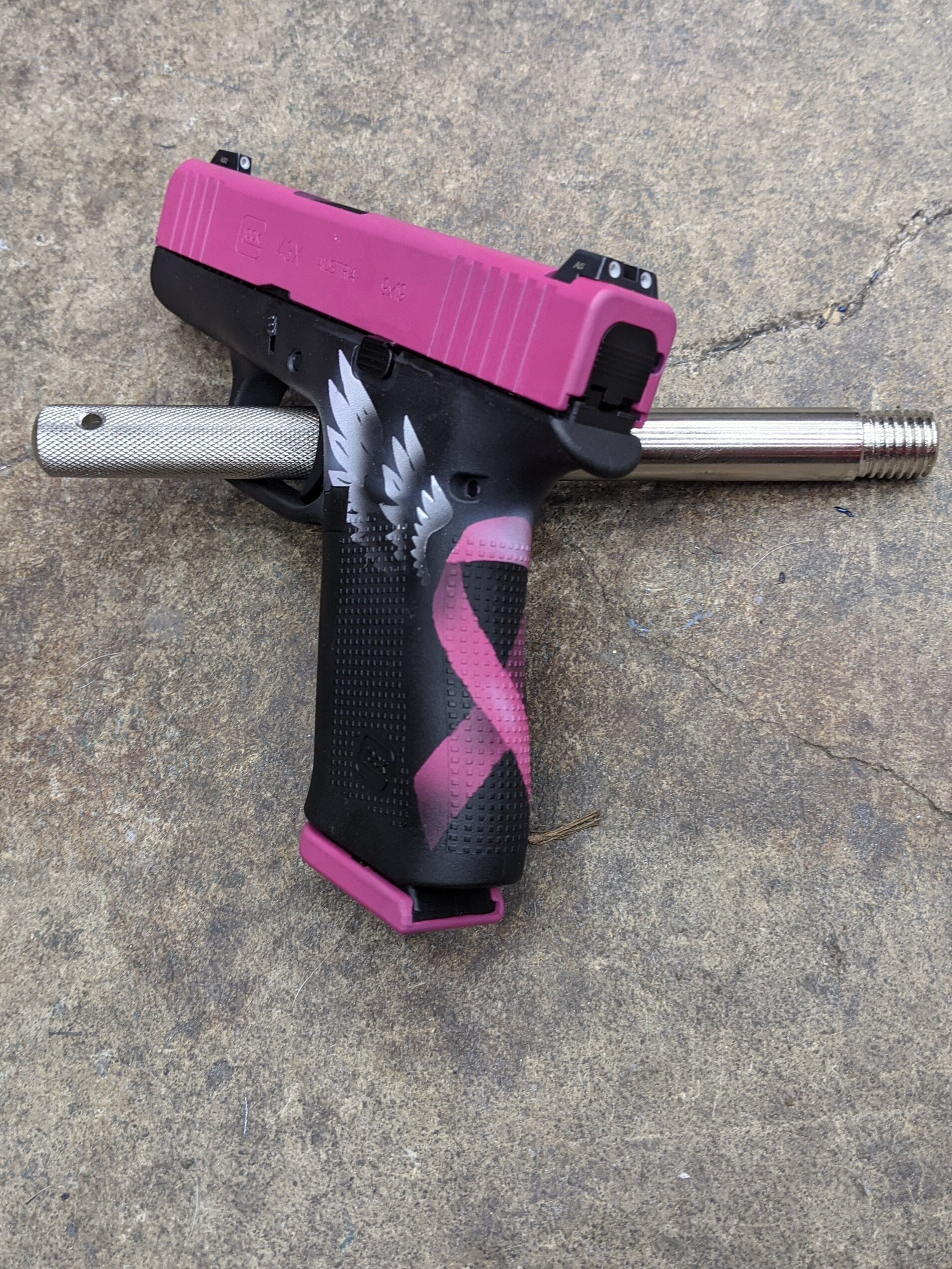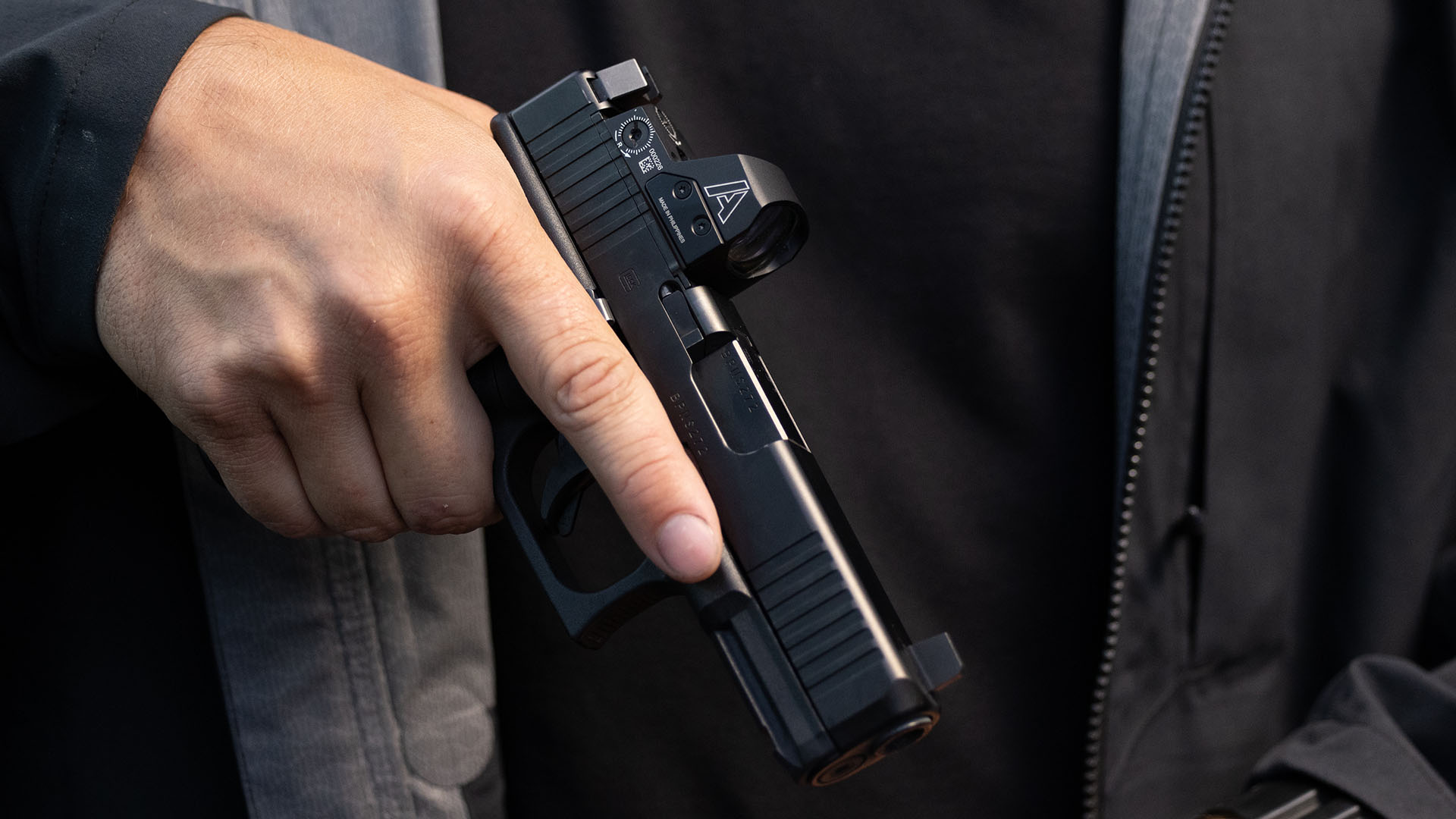Xb 70 Engines - A view of the six massive burns on the XB-70 Valkyrie as the aircraft was temporarily withdrawn from its display hangar for museum preservation. (Photo: National Museum of the US Air Force via YouTube)
While it once flew at Mach 3, the last time the only remaining XB-70 Valkyrie Super Bomber flew, it was traveling at less than a foot. In early October, the National Museum of the US Air Force at Wright-Patterson AFB in Dayton, Ohio, had to temporarily move the remaining North American XB-70 Valkyrie outside to preserve the display.
Xb 70 Engines

The museum's media staff recorded an exciting video of the spectacular aircraft as it was gently towed outside, while museum workers set up several displays in the museum's modern fourth building gallery, the Research and Development (R&D) gallery.
Mach 3 Bomber Valkyrie
North America's XB-70 Valkyrie was the most ambitious superbomber project of the Cold War, but it was plagued by problems until it was finally used as a research aircraft before being transferred to the National Museum of the US Air Force. February 1969. The massive six-engine bomber was originally on display outside, but was moved to an indoor gallery in October 2015 to be displayed in a new building in early 2016.
Mr. Rob Bardua, Public Affairs Liaison for the National Museum of the US Air Force, said: "The museum is in the process of redesigning several galleries in Building Four to create a more cohesive and open space for new temporary exhibits. , and more compelling exhibition stories As part of this redesign, the XB-70 was taken out to the edge of the ramp and brought back the same day - it was only out for a few hours and no preparation or maintenance was done.
This move obviously created a very rare and spectacular visual of the XB-70, and the museum's media team did a fantastic job capturing these videos showing the massive bomber being towed into the plane's bonus interior.
The National Museum of the United States Air Force at Wright-Patterson Air Force Base, near Dayton, Ohio, is the world's largest military aviation museum, with more than 360 fascinating vehicles, aircraft and missiles, in addition to thousands of unique artifacts housed in a massive 19 Acres of indoor exhibition. The museum is free to enter and receives around one million visitors every year.
Usaf Museum, Wright Patterson Air Force Base, Dayton, Ohio
XB-70 Valkyrie in the Research and Development Gallery at the National Museum of the US Air Force at Wright-Patterson AFB, outside Dayton, Ohio. (Photo: National Museum of the US Air Force)
Tom Demerle is a feature writer, journalist, photographer and editor who writes articles published worldwide on TACAIRNET.com, Outside Magazine, Business Insider, We Are The Mighty, The Dearborn Press & Guide, National Interest, Russian government media outlet Sputnik and many more other publications. Demerle studied journalism at Henry Ford College in Dearborn, Michigan. Tom Demerle served in the Intelligence Collection Unit as a member of the US Army and the Michigan National Guard. His military experience includes being an honorary graduate of the US Army Infantry School at Ft. Benning, Georgia (Cycle C-6-1) and as a Scout Observer in the Reconnaissance Section, Company "F", 425th INF (RANGER/AIRBORNE), Long Range Reconnaissance Unit (LRSU). Demerle is an experienced skydiver, has advanced SCUBA certifications, has climbed the highest mountains on three continents and visited all seven continents, and has flown several types of light aircraft.
The first flight of the XB-70A ended in a tire blowout and a fire. With a planned cruise speed of Mach 3 and an operational altitude of 70,000 feet, the B-70 Valkyrie was intended to be the ultimate […]
With its folding wings, the XB-70 looks like a giant metallic swan in this incredible shot of a chase plane
That Time An Xb 70a Valkyrie Performed An Emergency Landing On \
The aircraft in this photo collides with a civilian registered F-104N of renowned test pilot Joe Walker, who was tragically killed in an accident during a photo flight. Although he made his last flight [...]
Check out these detailed photos of the interior of the XB-70 Valkyrie. The North American XB-70 Valkyrie was the most ambitious superbomber project of the Cold War. The massive six-engine bomber was intended [...]
Email us at sales@ if you want to support this site by purchasing an original patch that is only available through this website! From Bomber to Supersonic Testbed: Explore the XB-70 Valkyrie with the National Museum of the US Air Force
The XB-70 Valkyrie became a strategic nuclear bomber in the 1950s and a supersonic research aircraft in the 1960s.
North American Aviation B 70 Valkyrie Archives
Conceived as a strategic nuclear bomber in the 1950s, the Valkyrie became a supersonic research aircraft in the 1960s.
The XB-70, with its six engines, unique stick, variable geometry wing and Mach 3 capability, was a sight to behold. Only one remains in the world today - and it can be seen at the National Museum of the US Air Force (NMUSAF) in Dayton, Ohio.
Boom was honored to welcome NMUSAF historian and curator Dr. Doug Lantry to a recent museum Monday Twitter chat about the XB-70. Joining us from the Wright-Patterson Air Force Base Museum, Dr. Lantry shared his expertise on the history and legacy of the aircraft.

The XB-70, with its six engines, unique stick, variable geometry wing and Mach 3 capability, was a sight to behold.
Xb 70 Valkyrie
A truly groundbreaking aircraft, the XB-70 laid the foundation for future supersonic aircraft programs and provided invaluable knowledge to aircraft design for decades. It is a personal favorite aircraft of many Boom employees and an engineering marvel of its time. Here's a look at the XB-70 from the museum floor with Dr. Lantry.
Boom was honored to welcome NMUSAF historian and curator Dr. Doug Lantry to a recent museum Monday Twitter chat about the XB-70.
The futuristic 500,000-pound XB-70A was originally conceived in the 1950s as a high-altitude, nuclear-powered strike bomber that could fly at Mach 3 (three times the speed of sound). Any potential enemy would not be able to defend against such a bomber. Traveling 70,000 feet above the ground, the developers believed it would be immune to interceptor aircraft.
But in the early 1960s, new surface-to-air missiles (SAMs) threatened the survival of high-speed, high-altitude bombers. Inexpensive, nuclear-armed intercontinental ballistic missiles (ICBMs) also entered service. As a result, in 1961, the XB-70 bomber program was canceled before any Valkyries were completed or flown.
Vintage North American Xb 70 Valkyrie X Planes No 16 Group 16 Fastest Bomber Jet
But many investments had already been made. The US Air Force still wanted to explore high-speed flight, and NASA was interested in its fledgling SST (Supersonic Transport) program. After some planning and funding, the aircraft manufacturer North American built two test aircraft: XB-70A and XB-70B.
There is only one XB-70 left in the world today - and it can be seen at the National Museum of the US Air Force (NMUSAF) in Dayton, Ohio.
Talent and perseverance. Designed without the kind of "supercomputer" modeling that today's engineers rely on, the XB-70 is the result of people.

Although the plane looks like the latest, most sophisticated, modern plane, it is actually two years older than the original
Ber Detail: Xb 70a Valkyrie 20207 Illustration On Behance
The XB-70's six General Electric YJ-93-GE-3 engines are turbojet. Each developed up to 30,000 pounds of thrust and were axial flow engines, meaning the air flow was parallel to the rotating axis in the center of the engine. Engines compress air, mix it with fuel, and then ignite the high-pressure mixture to create thrust. Afterburner adds even more power to the hot exhaust gases by adding more fuel.
North American built only two XB-70s. The first XB-70 is on display at NMUSAF. The second was lost in an accident in June 1966 during a flight in which several planes were photographed in formation.
In the XB-70, the pressure lift behind the supersonic shock wave—what engineers call "compression lift"—is an important feature. The front of the plane creates a shock wave, which in turn creates a pressure on the front of the engine intake manifold and under the wing on the underside of the plane.
There is no similar "counter" to the pressure behind the shock wave at the top of the plane. result? The pressure below the jet is greater than above, which means a 30% increase in lift at supersonic speeds.
Xb 70 Valkyrie Bomber
Another key aspect of the XB-70's aerodynamics is the variable geometry wing. Take a look and hear how they worked at high and low speed with Dr. Lantry.
How did such a massive plane get off the ground? Dr. Lantry explains more about the XB-70's compression lift.
The National Museum of the US Air Force is the only place in the world where you can see an XB-70, because only one survives. It arrived at the museum on February 4, 1969 and is currently on display.

The NMUSAF's XB-70s didn't land anywhere but Edwards Air Force Base in California and Wright-Patterson Air Force Base in Ohio. Another XB-70 that was destroyed once visited Carswell Air Force Base in Texas for an air show in 1966.
Last Flight Of The Valkyrie: A Closer Look At The Forgotten Mach 3 Xb 70 Superbomber
Dr. Lantry closed
Xb 70, olympus accura zoom xb 70, xb 70 valkyrie 1 72, xb-70, xb-70 model kit, xb 70 model, north american xb-70 valkyrie, xb-70 valkyrie, xb-70 valkyrie model, 1 48 xb 70, xb 70 valkyrie model kit, mdr xb 70 bt

